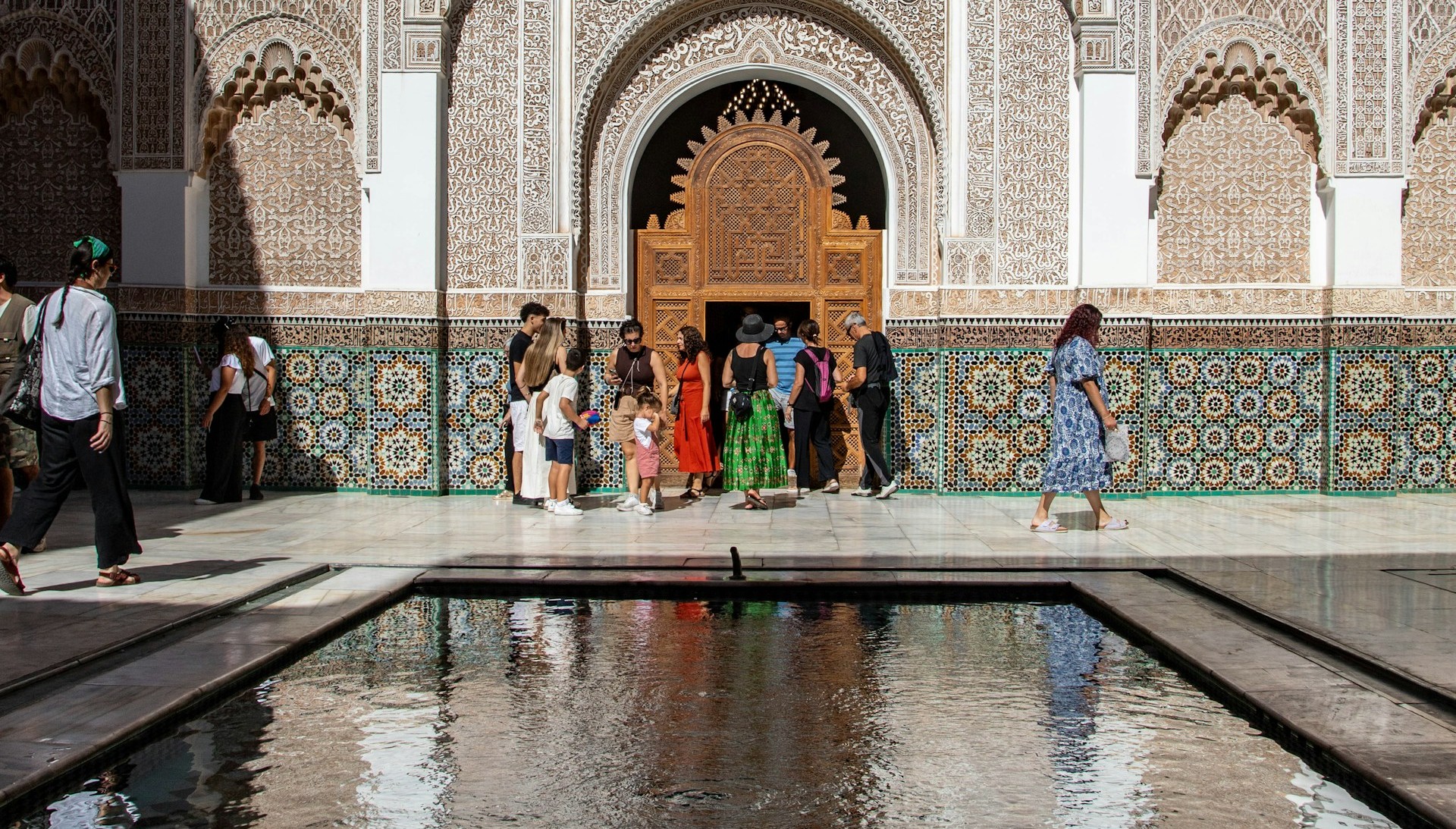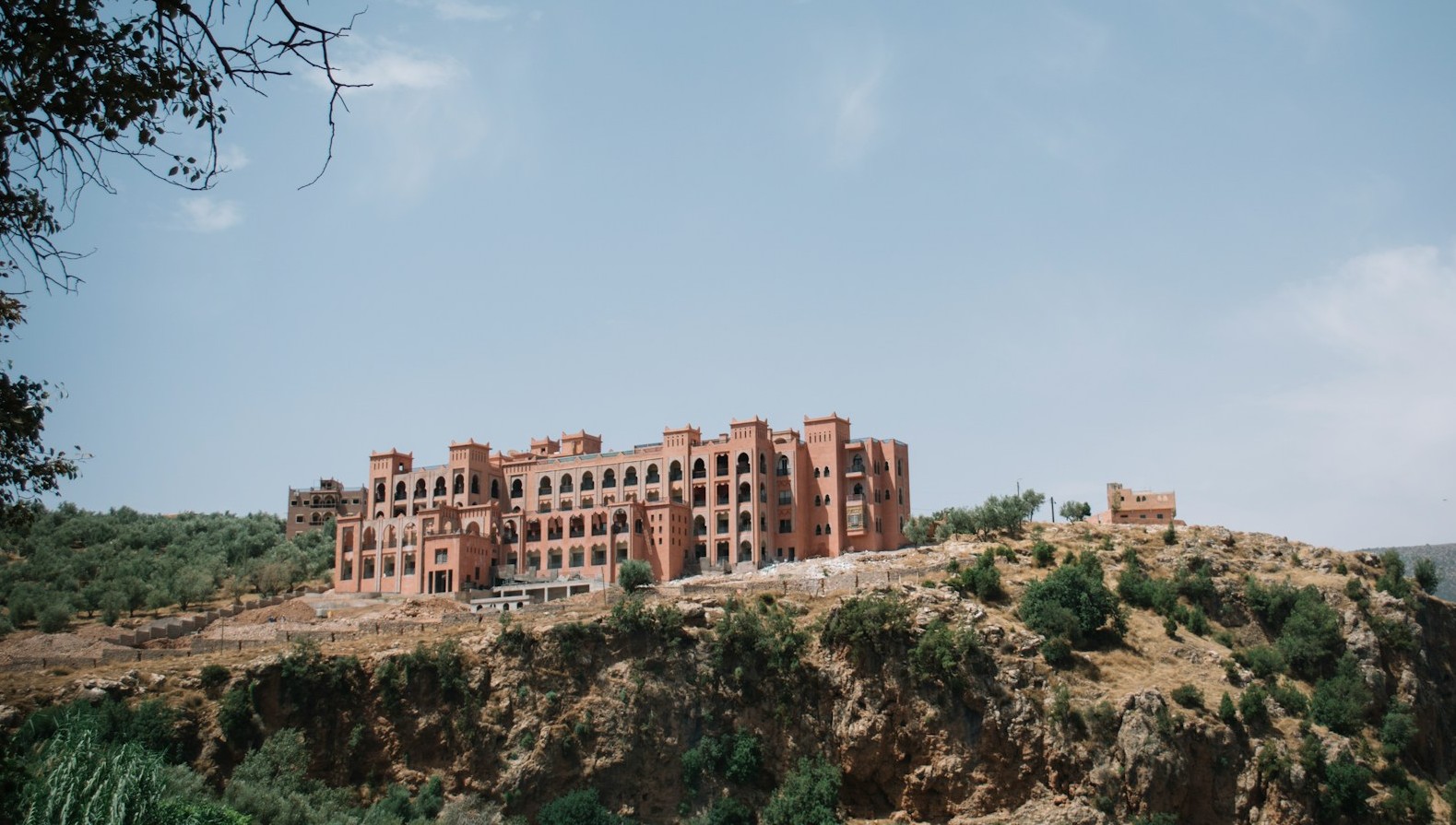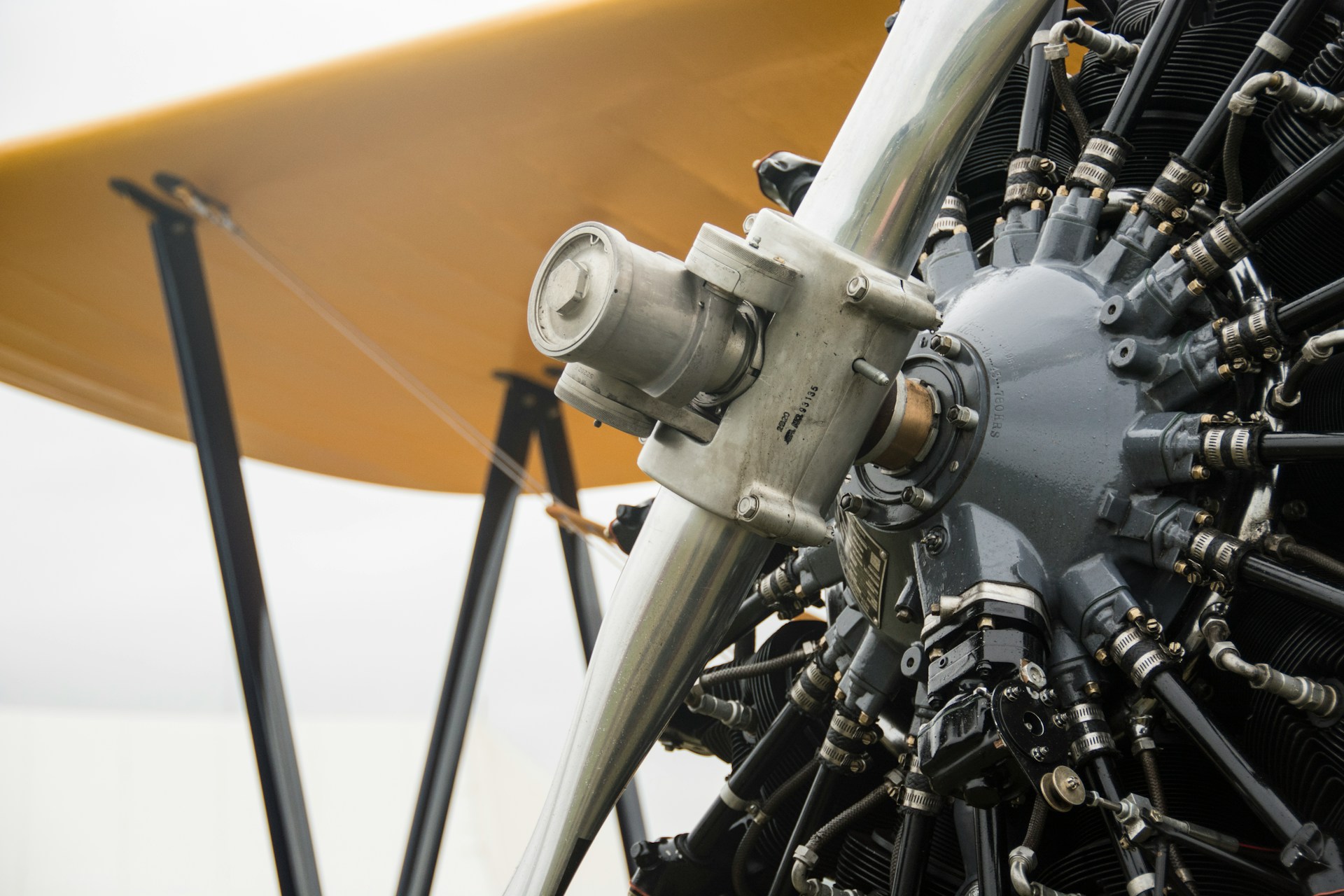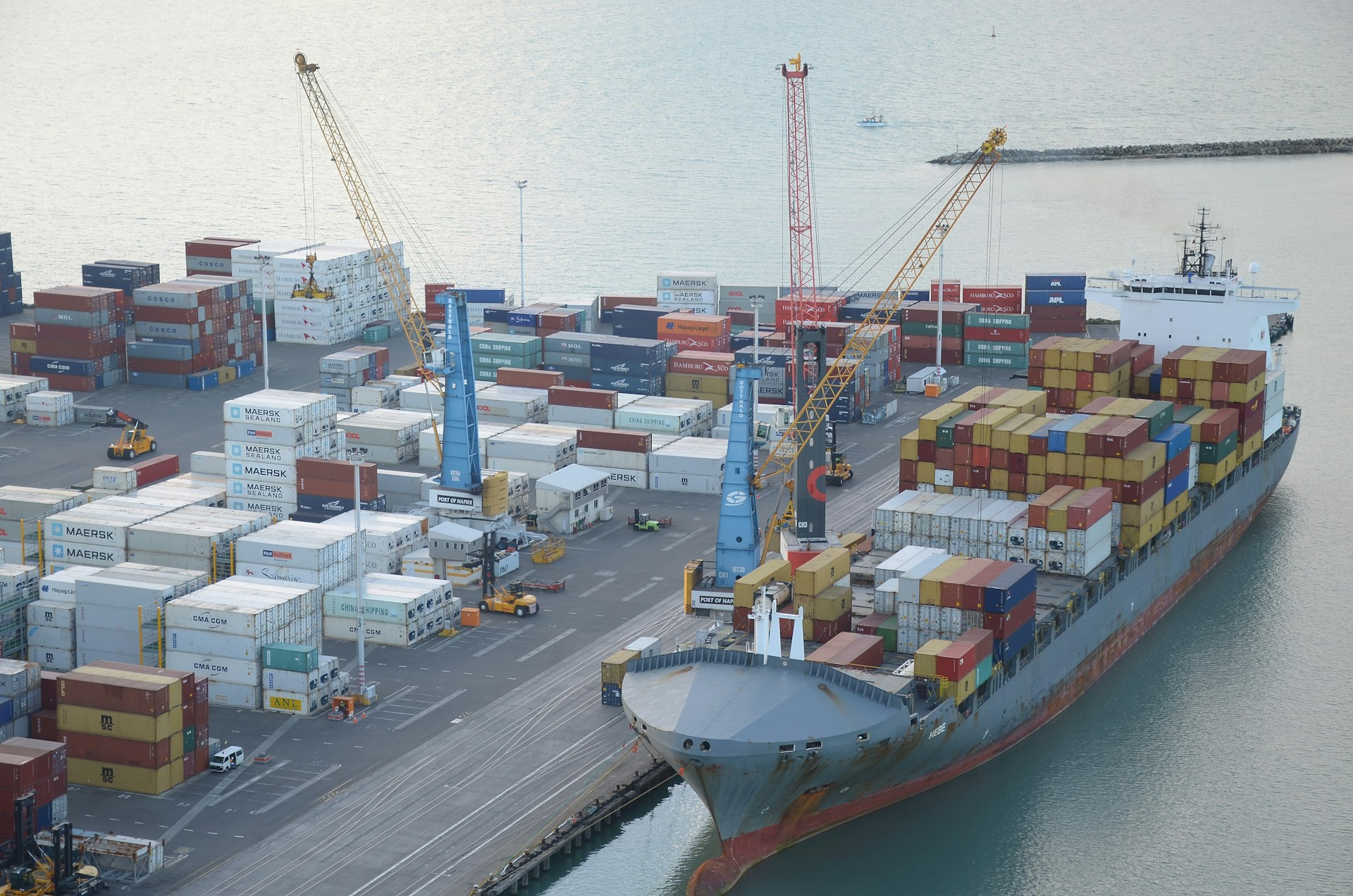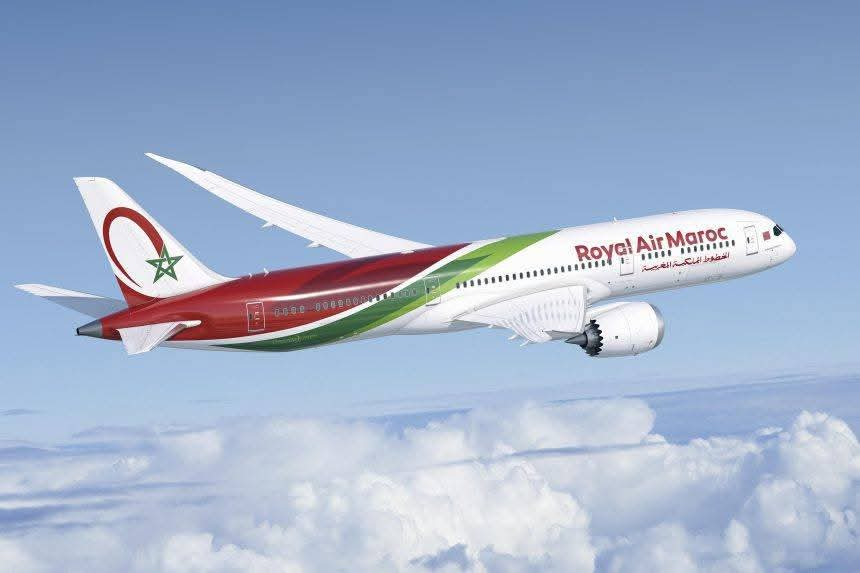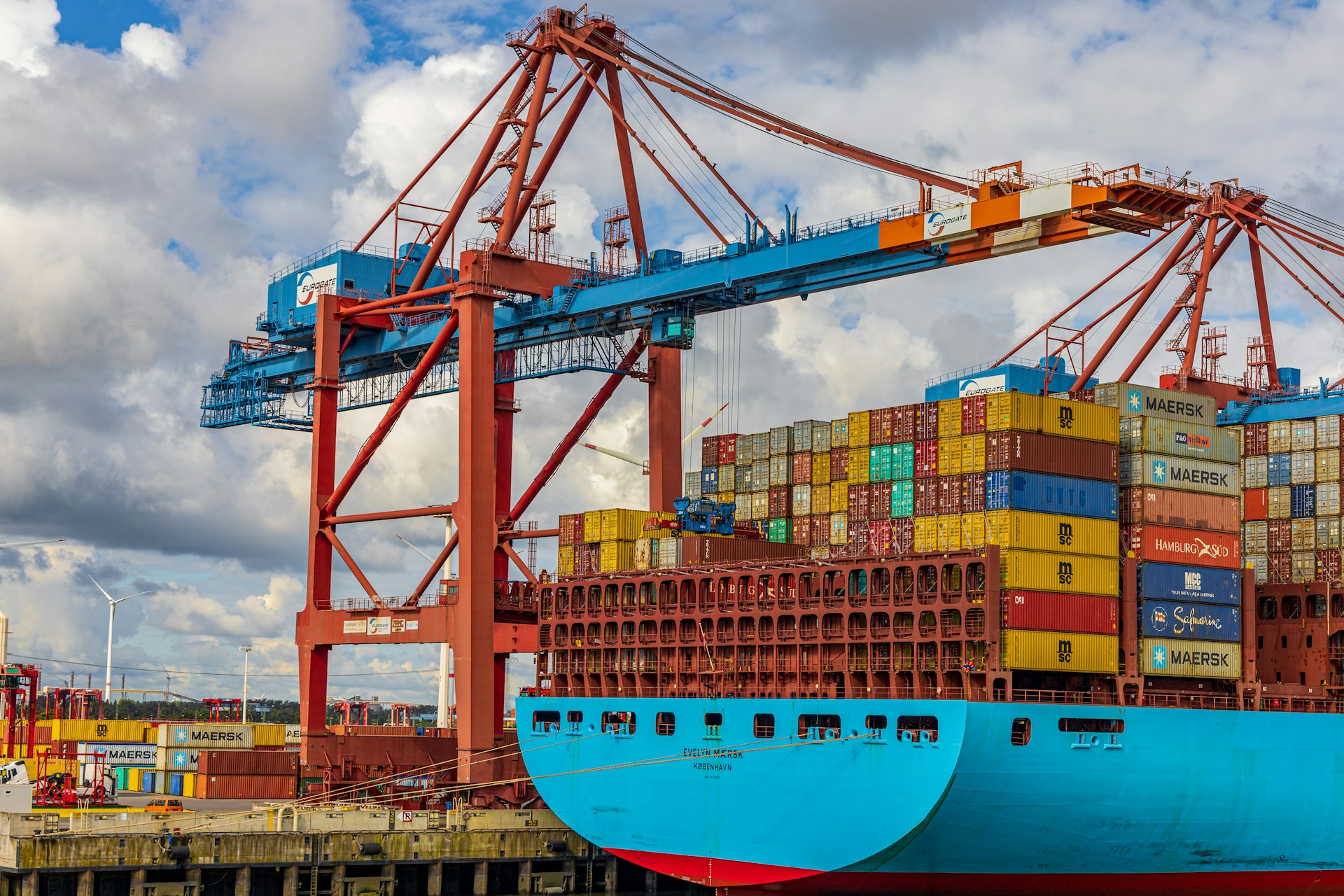Casablanca – Morocco has firmly established itself as a rising force in the global aeronautics industry, driven by a long-term royal vision emphasizing industrial sovereignty, technological advancement, and human capital development. The recent inauguration of Safran Group’s aircraft engine industrial complex in Nouaceur, presided over by King Mohammed VI, marks a new milestone in the Kingdom’s industrial trajectory, reinforcing its position as a strategic hub between Europe, Africa, and the rest of the world.
A strategic industrial leap
The Safran project, one of the largest of its kind in the country, consists of two main units: one for the assembly and testing of aircraft engines and another for the maintenance and repair of next-generation LEAP engines. With this infrastructure, Morocco joins a select group of nations capable of producing and testing aircraft engines, alongside the United States, France, Germany, China, and Poland.
This achievement reflects Morocco’s growing technological capabilities and industrial maturity. Aircraft engine manufacturing is among the most demanding sectors worldwide, requiring micrometric precision, absolute reliability, advanced materials, and cutting-edge processes. By entering this elite circle, Morocco demonstrates its ability to meet global standards and its integration into international value chains.
A vision 25 years in the making
Morocco’s aeronautical journey spans decades. Its foundations date back to 1958, when Royal Air Maroc opened its first aircraft maintenance workshops in Casablanca. The real breakthrough came in 1999 with the establishment of Snecma Morocco Engine Services (now Safran), followed by MATIS Aerospace in 2001, a joint venture with Boeing and Royal Air Maroc for aviation electrical systems. These early steps laid the groundwork for a competitive, export-oriented ecosystem.
The 2004 “Emergence Plan” recognized aeronautics as one of Morocco’s global industries, while the creation of GIMAS in 2006 fostered sector coordination and accelerated industrialization. Subsequent initiatives, including the 2009 National Pact for Industrial Emergence and the 2014 Industrial Acceleration Plan, reinforced industrial ecosystems and workforce development.
Infrastructure and human capital
Key investments in infrastructure and training have underpinned Morocco’s rise. Midparc Casablanca, an aeronautics-dedicated industrial zone, now hosts global leaders including Safran, Airbus, Thales, Spirit Aerosystems, Pratt & Whitney, Hexcel, Sabca, and Collins Aerospace. Institutions such as the Institute of Aeronautical Professions (IMA) and the Specialized Institute for Aeronautical and Airport Logistics Professions (ISMALA) ensure a steady supply of skilled engineers and technicians.
Human capital has become a strategic differentiator. Moroccan engineers, technicians, and graduates are recognized internationally for their expertise, precision, and adaptability, attracting further investment from multinational companies. Safran’s renewed investment in Morocco reflects confidence in the Kingdom’s workforce and the broader development model.
Global partnerships and industry recognition
Strategic partnerships, particularly with Boeing and Safran, have reinforced Morocco’s integration into global supply chains. Airbus has expanded its presence through Airbus Atlantic, specializing in aerostructures, while companies such as Hexcel, Hutchinson, Figeac Aero, Aciturri, and Trelleborg have also invested in Morocco. Today, over 150 international firms operate within the country’s aeronautical ecosystem, covering design, assembly, maintenance, and engineering.
The sector now generates 24,000 skilled jobs, with local content exceeding 40%, and export revenues reaching $2.72 billion in 2024. These figures underscore Morocco’s emergence as a competitive, reliable, and sustainable industrial hub.
Innovation, sustainability, and the future
Beyond production, Moroccan aeronautics embraces innovation and sustainability. Next-generation factories, including Safran’s, employ Industry 4.0 principles, integrating robotics, digital simulation, and additive manufacturing. Renewable energy adoption and carbon footprint reduction are central to operations, reflecting the Kingdom’s commitment to sustainable industrial development.
Guided by a long-term national strategy focused on industrial development and technological excellence, Morocco has transformed its aeronautics sector into a symbol of ambition and innovation. With sustained investment, continuous innovation, and a highly skilled workforce, the Kingdom is shaping the future of aviation in Africa while securing a strong position on the global aeronautics stage.

